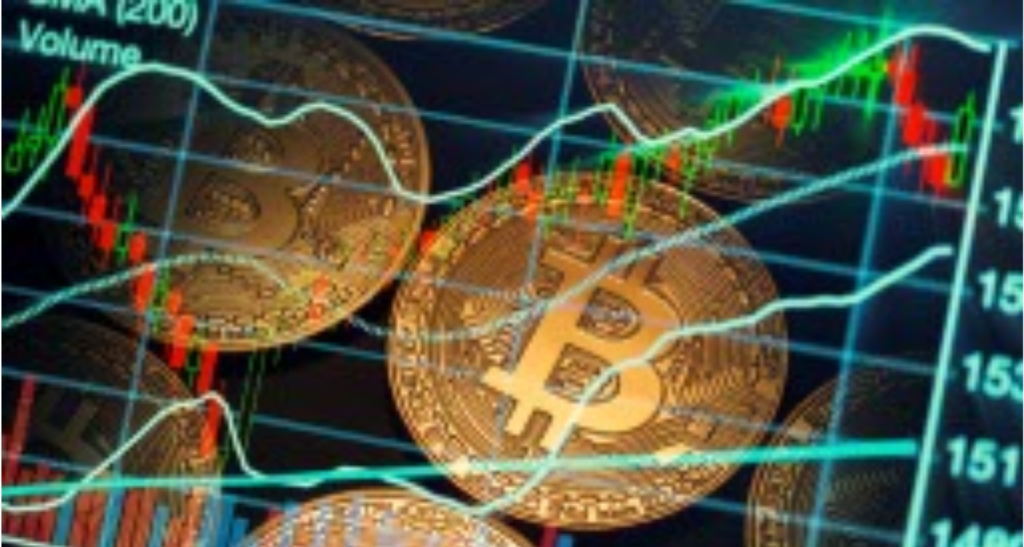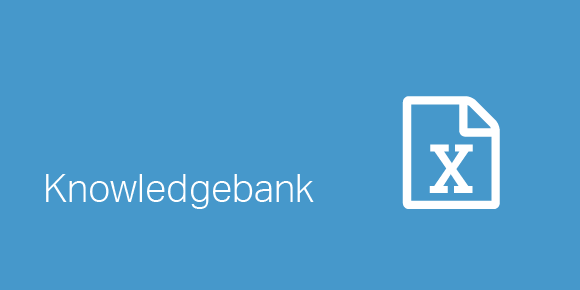
There is nothing much in the financial world that our associate trainer Anthony Cassidy has not traded and risk managed. As part of two IB trading teams and as Head of Trading for two Hedge Funds, Anthony has traded equities, bonds, currencies, commodities and derivatives all over the world. So why has he waited so long to trade Bitcoin (BTC) – is Bitcoin simply down or is it out?
When weighing up an investment, I’ve always found it useful to list the pros and cons – are there more reasons for BTC to rise in value or fall in value? What are the chances of each of these factors actually coming to pass and what would it mean for price movement?
The Pros
There is no Central Bank influence and no quantitative easing supply shock meaning there is a finite amount of the stuff. BTC’s next halving event (when the production rate of BTC drops from 12.5 BTC every 10 mins to 6.25 BTC) is likely to occur around May 2020 and will dramatically change the supply/demand landscape (though every knowledgeable investor already knows this). Recent price stability has brought buyers back into the market and the chart technicals no longer feel like the buyers are catching the proverbial ‘falling knife’. At some point the SEC will allow tradeable ETFs on BTC following the successful introduction of a futures market on the Chicago Mercantile Exchange. Each of these factors should increase trading liquidity, lowering bid/ask spreads and attracting more players into the asset. Some investment banks are already offering price return swaps to clients, though most of these products are for the professional investor base.
The Cons
I have to admit I don’t fully understand or appreciate how Bitcoin or other cryptos used on distributed ledgers actually improve the speed, safety and anonymity of process payments over the global financial infrastructure. I’ve tried to get on top of this, and consider my education work in progress (yes I know, I’ve been told to think about Bitcoin as a store of value rather than a means of exchange and to look at Bitcoin cash for retail transactions). More importantly theft of cryptos and account hacking has been an alarming and recurring issue for investors, posing real questions about custody and safekeeping of the asset (what money manager in their right mind would invest in an asset that could be stolen without trace?). I worry about the concentration of holdings in BTC – not the daily turnover numbers but the chance of large unknown holders forced to liquidate positions – one report in 2017 had 96.53% of BTC held by just 4.11% of addresses in the non-financial heartlands of Russia, Georgia and China. Further worries include increased regulation and clampdowns in China plus the alarming thought that with all the other altcoins currently available Bitcoin may not actually be the standard for crypto assets in the future. XRP (Ripple) is now the second largest altcoin following the huge fall from grace of Ether during 2018.
Adding to the argument, lots of really clever people whose output I follow have said that the rise in BTC is nothing but a bubble with no intrinsic value. Warren Buffett is not a fan, he’s called it “probably rat poison squared”. Nobel Laureate Paul Krugman (quoted in FT Alphaville) said ”In normal life, people don’t worry about where the value of green pieces of paper bearing portraits of dead presidents comes from: we accept dollar notes because other people will accept dollar notes. Yet the value of a dollar doesn’t come entirely from self-fulfilling expectations: ultimately, it’s backstopped by the fact that the U.S. government will accept dollars as payment of tax liabilities – liabilities it’s able to enforce because it’s a government. If you like, fiat currencies have underlying value because men with guns say they do. And this means that their value isn’t a bubble that can collapse if people lose faith. Cryptocurrencies, by contrast, have no backstop, no tether to reality. Their value depends entirely on self-fulfilling expectations – which means that total collapse is a real possibility. If speculators were to have a collective moment of doubt, suddenly fearing that Bitcoins were worthless, well, Bitcoins would become worthless”.
Finally, Nouriel Roubini (quoted in The Guardian) questions the wider technological benefits, suggesting that “all decentralised blockchains end up being centralised, permissioned databases when they are actually put into use. As such, blockchain has not even improved upon the standard electronic spreadsheet, which was invented in 1979.”
Armed with many pros and many cons, what have I done? Well, I opened a Coinbase account here in the UK and finally bought some BTC. The account means I’m buying BTC with British pounds (GBP) rather than U.S dollars (USD) and Coinbase seem to be taking a bid/ask spread on my GBPUSD currency trade as well as a bid/ask spread on the actual BTC price (I am buying high and selling low). But their app is fast and clear, the account opening process was straightforward and my BTC wallet appears safe and secure. Over the tricky trading month of October, the return from the BTC investment outperformed many of my more traditional holdings. After waiting this long to trade, maybe it’s time to buy some more…?
This is the first part of Anthony’s Bitcoin trading diary. As the investment story changes, we will try to bring you further thoughts, comments and colour.
Please do not hesitate to contact us, if you are having trouble viewing or accessing this article.
Glossary
Bid/Ask spreads
As a ‘market taker’ or investor (not a ‘market maker’) you will be able to buy an asset at the ‘ask (or offer) price’ and be able to sell the same asset at the ‘bid price’. The difference between these prices is called the bid/ask spread and is a good measure of an asset’s liquidity.
Central Bank
Institution that manages the money supply and levels of interest rates within a country or group of countries. US Federal Reserve, UK Bank of England, Europe’s ECB are examples.
Custody
Custody services involve the holding and administration of assets on behalf of somebody else. Such services are normally provided to clients by banking entities who will assist in the settlement and delivery of various asset types plus other administrative requirements such as the processing of dividend and coupon payments and the voting of shares in shareholder meetings.
Daily turnover
Money value of total transactions made in an asset per day. For example, daily turnover for an equity share would be the sum of all shares multiplied by price for each price point during the day. Daily turnover is a good indication of asset trading liquidity.
Distributed ledgers technology (DLT)
Allowing computers in different locations to propose and validate transactions and update records in a synchronised way across a network. In a traditional distributed database, a system administrator typically performs the key functions that are necessary to maintain consistency across the multiple copies of the ledger. By contrast the new systems based on DLT (most notably Bitcoin and Ethereum), are designed to function without a trusted authority. Bitcoin maintains a distributed database in a decentralised way by using a consensus-based validation procedure and cryptographic signatures. In such systems, transactions are conducted in a peer-to-peer fashion and broadcast to the entire set of participants who work to validate them in batches known as “blocks”. Since the ledger of activity is organised into separate but connected blocks, this type of DLT is often referred to as “blockchain technology”.
ETFs
Exchange Traded Funds began as cost-efficient replication strategies of equity indices with intra day tradability of shares (unlike Mutual Funds). As the market has matured, ETFs have expanded to cover exposure to an increasing number of asset classes and investment themes.
Futures market
Part of the derivatives market where an asset can be bought or sold today but delivered and settled at some agreed date in the future. Futures markets exist in most major asset classes and are a huge source of liquidity for speculation and hedging.
Liquidity
A qualitative measure of how easy it is to buy or sell an asset. If I trade a large amount of an asset will this trade move the price lower or higher? What is the difference between the price at which market participants will buy an asset and the price at which they would sell an asset (see ‘Bid/Ask Spread’?
Quantitative easing (QE)
Tool used by Central Banks to inject money directly into the economy. A non-standard monetary policy tool used by many Central Banks after the Financial Crisis of 2008 to promote economic and asset price growth.
SEC
The U.S Securities and Exchange Commission. An agency of the United States Government responsible for protecting investors in public markets.
Copyright© 2018 AMT Training

